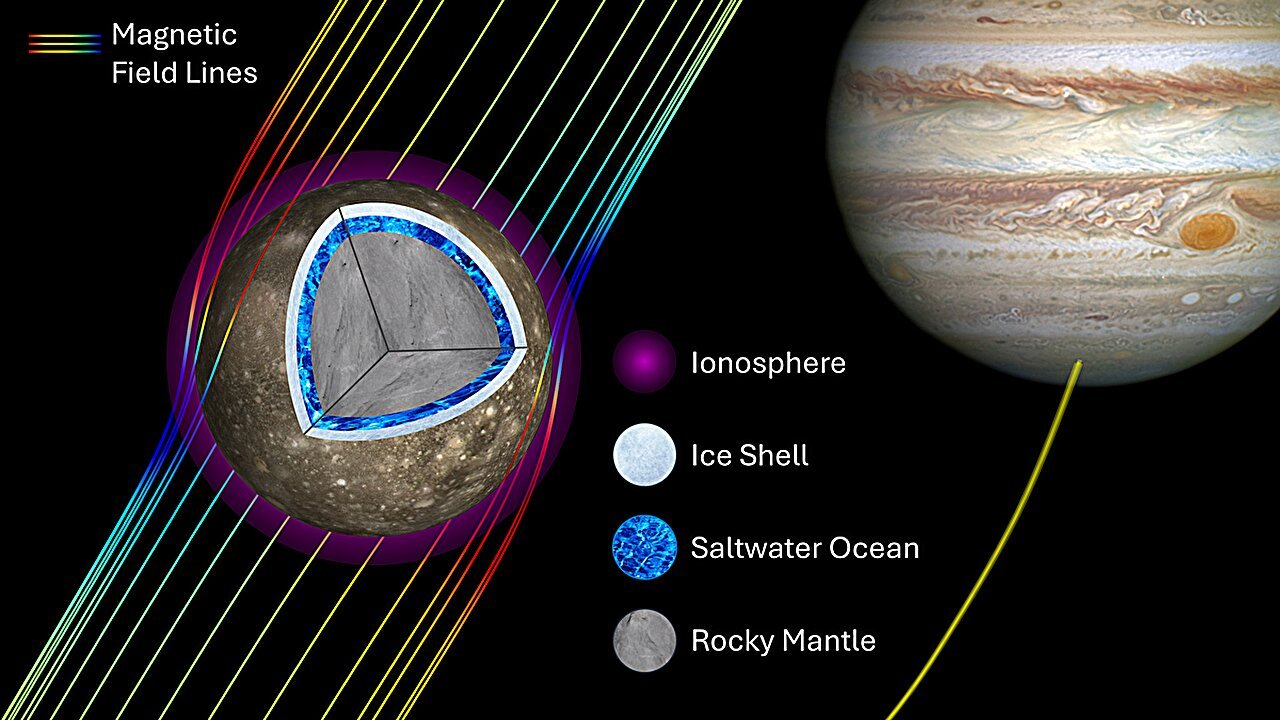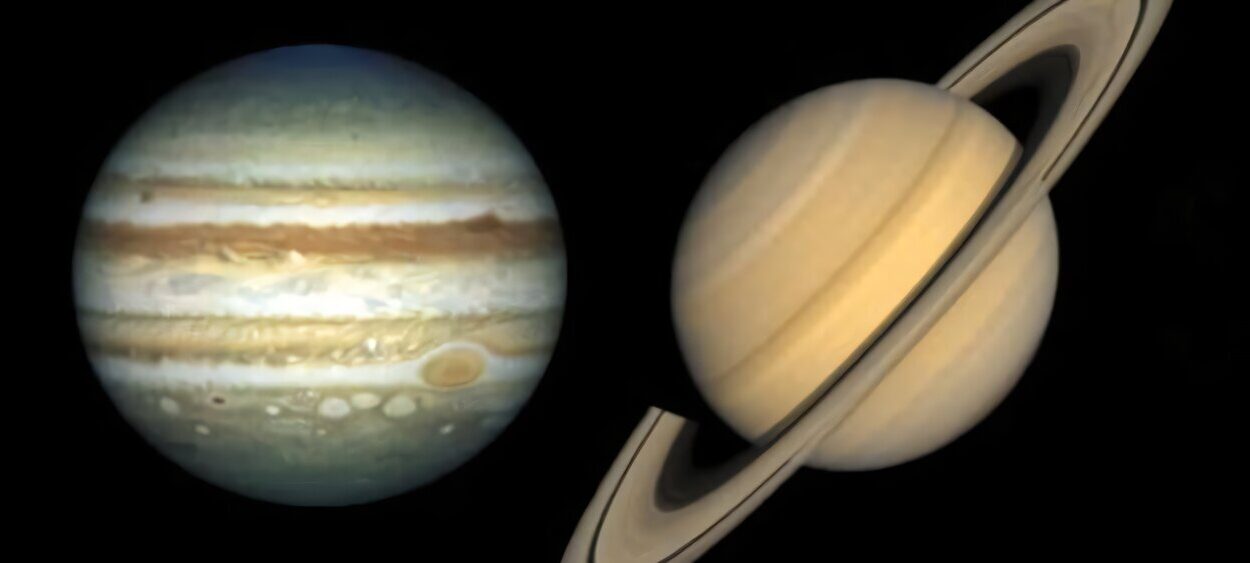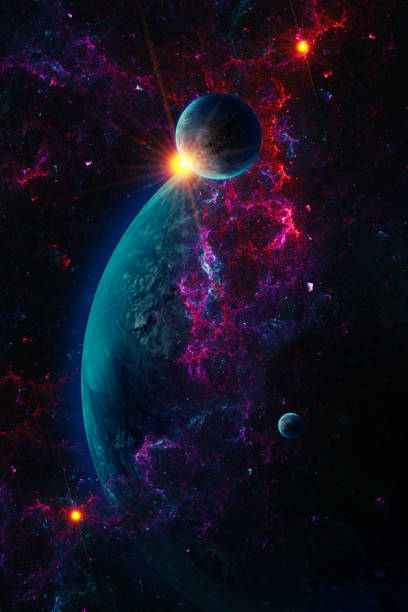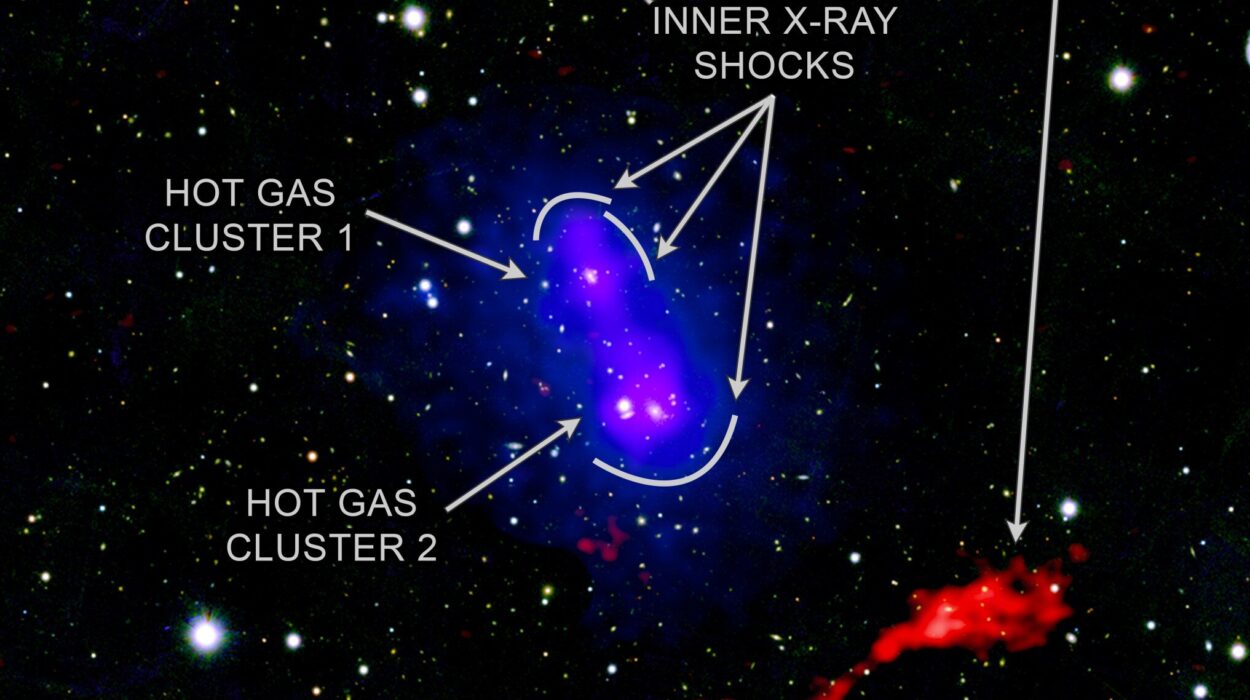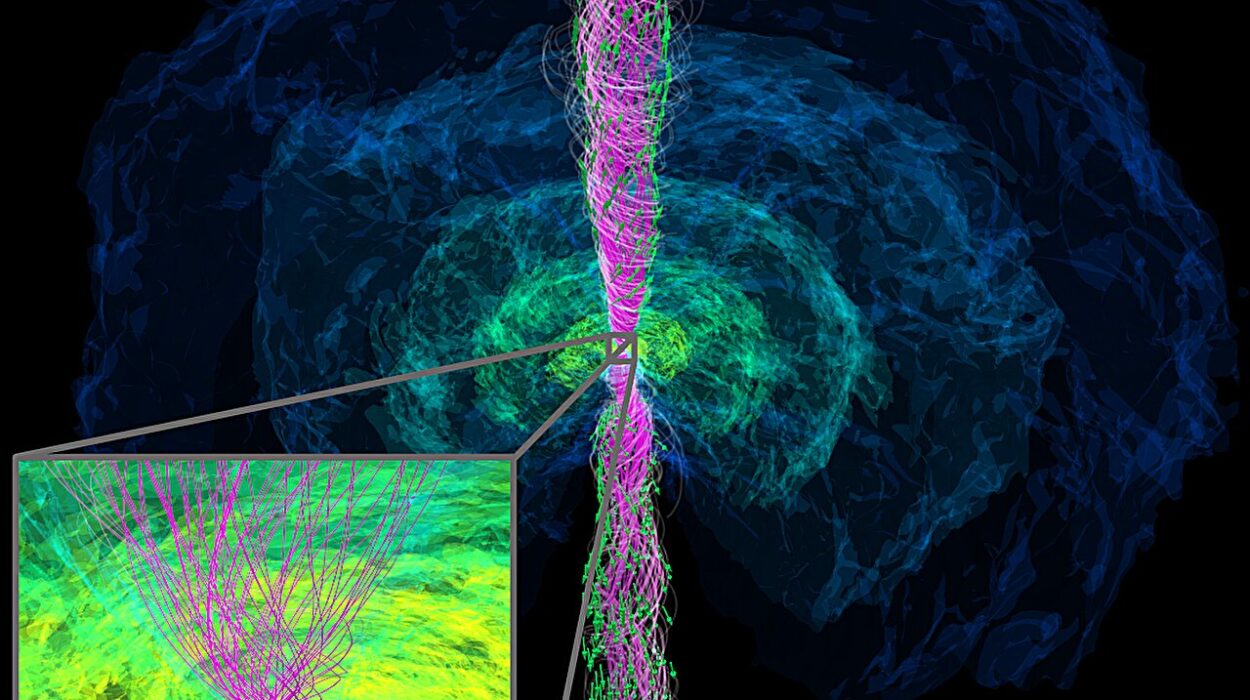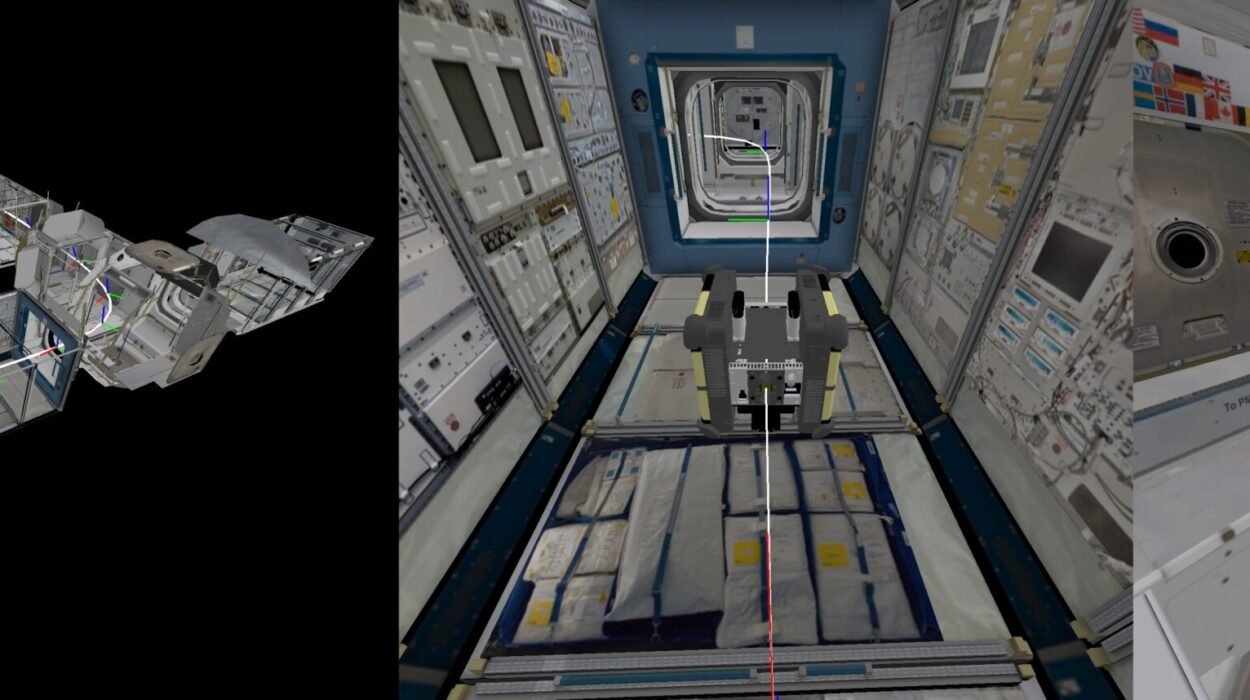Callisto, one of Jupiter’s Galilean moons, has long been considered an unremarkable celestial body. Its surface, which is more heavily cratered than any other object in our solar system, led scientists to believe that it was geologically inert and ancient. However, in the 1990s, a surprising discovery was made by NASA’s Galileo spacecraft, which suggested that beneath Callisto’s icy crust, a salty, liquid water ocean might exist—a feature previously thought to be unique to moons like Europa, another one of Jupiter’s moons. Though this initial data pointed to the possibility of a subsurface ocean, the evidence was inconclusive. Now, a reanalysis of the Galileo data has reignited excitement, providing a more convincing case for Callisto being an ocean world.
The Surprising Discovery: A Subsurface Ocean?
In the 1990s, during its mission to study Jupiter and its moons, the Galileo spacecraft took a series of magnetic measurements around Callisto. These measurements indicated that the moon’s ice shell might hide an ocean of liquid water, which would be in a state similar to the ocean found under Europa’s icy surface. At the time, however, scientists were uncertain. They had suspected that Callisto’s intense ionosphere, the electrically charged layer of its atmosphere, could be mimicking the magnetic signature of a subsurface salty ocean. The ionosphere, acting as a conductive medium, made it difficult to definitively separate the effects of the atmosphere from those of a potential ocean beneath the surface.
Though the initial evidence was intriguing, the data did not conclusively support the idea of an ocean, leading researchers to question the true nature of Callisto’s interior. Was there, in fact, a hidden ocean beneath the surface, or was the moon’s magnetic fingerprint merely the result of its atmosphere’s interaction with Jupiter’s powerful magnetic field?
Revisiting Galileo Data with a New Approach
In a study recently published in the journal AGU Advances, a new team of researchers took another look at the Galileo mission’s magnetic data. This time, the analysis was more thorough, incorporating all of the available magnetic measurements obtained during Galileo’s eight close flybys of Callisto. The team applied advanced statistical techniques to assess whether the observed magnetic signals could more strongly suggest the presence of a subsurface ocean.
This new approach, which integrates the ionospheric data with geophysical models of Callisto’s interior, has provided stronger evidence than ever before that Callisto does, indeed, host a subsurface ocean. According to the researchers, the ionosphere alone cannot account for all the observations. The data suggest that Callisto’s ocean and ionosphere are working together to produce the observed magnetic signature.
The Likely Composition of Callisto’s Interior
The study not only strengthens the case for Callisto’s subsurface ocean, but it also provides crucial insights into its structure. The research suggests that the ocean lies beneath an icy shell that is likely to be at least tens of kilometers thick. In fact, the ice shell could extend even deeper—up to hundreds of kilometers—making it one of the thickest ice shells in the solar system. Beneath this ocean, Callisto is believed to have a rocky interior, similar to other icy moons of Jupiter, but distinct in its own right.
The subsurface ocean, according to the new data, is likely to be salty—a feature that would align it with other ocean worlds, such as Europa and Ganymede. The study even suggests that the ocean could be tens of kilometers deep, potentially offering a vast aquatic environment, far more expansive than what had previously been expected.
What’s Next? Upcoming Space Missions to Confirm Callisto’s Ocean
While these findings have added weight to the theory of a subsurface ocean on Callisto, the true nature of this ocean world will not be confirmed until spacecraft get closer to the moon. Fortunately, there are missions already on their way to provide the necessary data to answer this pressing question.
Two spacecraft currently en route to Jupiter are expected to conduct close-up observations of Callisto. NASA’s Europa Clipper and the European Space Agency’s JUICE (Jupiter Icy Moons Explorer) are both scheduled to arrive at Jupiter’s system in the coming years, and their instruments will have the capacity to measure Callisto’s magnetic and geophysical properties with far greater precision. These missions will allow scientists to gather critical data on the moon’s interior, helping confirm or refute whether the moon’s ocean truly exists.
Additionally, China’s Tianwen-4 mission, planned for the future, could further contribute to our understanding of Callisto’s potential as an ocean world.
Implications for Life Beyond Earth
The discovery of an ocean beneath Callisto’s icy surface would have significant implications for the potential of life beyond Earth. The existence of liquid water is often considered a critical ingredient for life as we know it. If Callisto does indeed possess an ocean, this would place the moon in the same category as other icy moons around Jupiter and Saturn, such as Europa and Enceladus, which are known to harbor the conditions that could support microbial life.
Though the thick ice shell of Callisto would pose a challenge to any potential life forms, researchers speculate that geothermal heat from the moon’s rocky interior could provide a stable environment for microbial life in the subsurface ocean. The exploration of these ocean worlds could eventually reveal whether life has arisen in these distant and isolated environments, raising profound questions about the ubiquity of life in the universe.
Conclusion: Callisto as an Ocean World?
Callisto’s geologically ancient and heavily cratered surface may have led scientists to dismiss it as a relatively unremarkable moon. However, with the recent advances in data analysis and the exciting possibility of a subsurface ocean, Callisto is emerging as a potential ocean world in the same class as Europa. As spacecraft continue their missions to Jupiter, we can expect more detailed studies that will definitively answer the question of whether this moon holds a liquid water ocean beneath its icy shell.
If Callisto is confirmed to harbor an ocean, it will open up new avenues of scientific inquiry about the moon’s potential for life, its geophysical properties, and its role in our understanding of icy moons throughout the solar system. For now, the mystery of Callisto’s interior remains one of the most fascinating and eagerly awaited topics in planetary science.
Reference: Corey J. Cochrane et al, Stronger Evidence of a Subsurface Ocean Within Callisto From a Multifrequency Investigation of Its Induced Magnetic Field, AGU Advances (2025). DOI: 10.1029/2024AV001237
